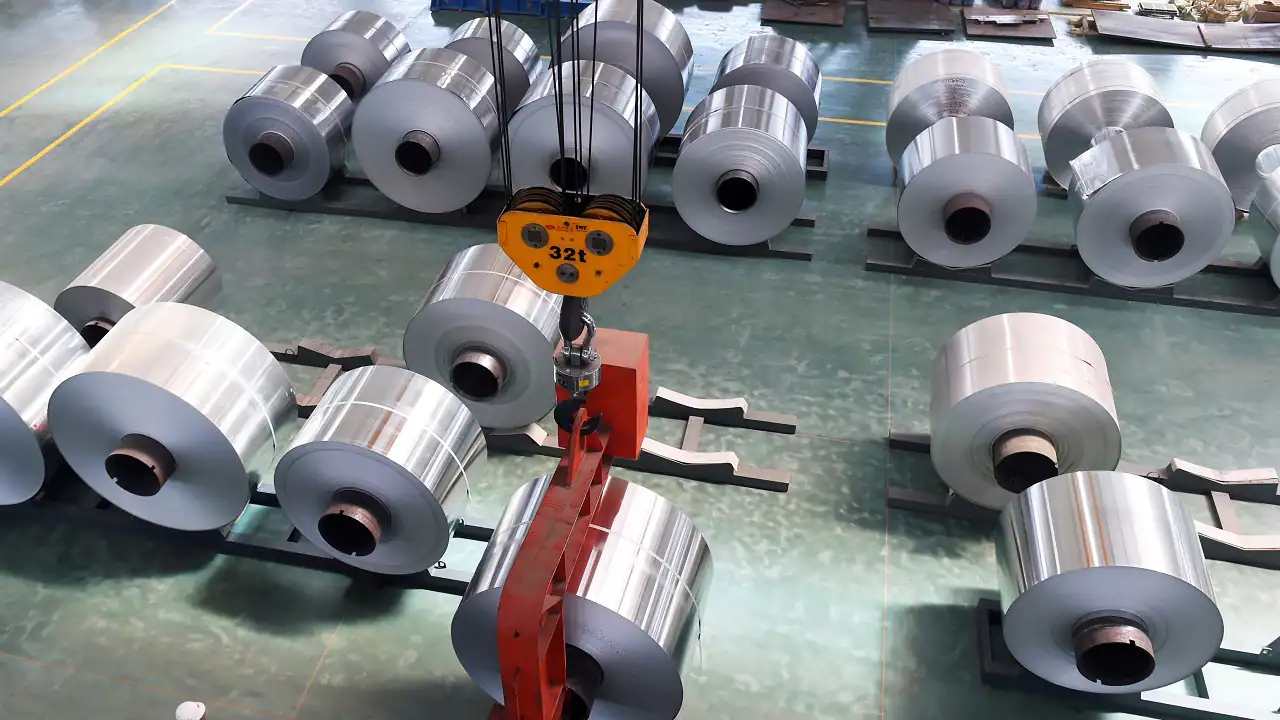Use of Aluminum Fluoride in the Production of Primary Aluminum
- Acetech Digital
- December 15, 2021
- 12:04 pm
Insights: Introduction to the Leeds Specialty Alloys Blog

Thank you for taking the time to visit our website to understand our offerings, decide how we can help you and hopefully to advance your knowledge in our areas of expertise by following our blog entries.
To set up this first entry, may I share an insight with you? If I look back at all of my endeavors that involved developing an alloy, process or a product from the concept stage to a commercial offering, I believe the key to success is to work creatively with your mentors, co-workers and joint development partners while investing a substantial amount of time reviewing the technical literature. As Sir Isaac Newton stated, “We stand on the shoulders of giants”, thus, you can build up your expertise by carefully reviewing dozens of publications by prominent scientists and engineers. These “giants” have done the hard work, distilled the data to communicate their findings, have subjected themselves to peer review and are usually pleased to discuss their findings. Inevitably, one publication will stand out among the rest.
I attended the TMS meeting in Seattle, WA in 2010. LSA had just begun delivering our low-cost aluminum fluoride (AlF3) known as “DCAF” or “Diffusion Converted Aluminum Fluoride” to its customers, and one of the key presentations in one of the larger ballrooms was “Aluminum Fluoride – A Users Guide” by Stephen Lindsay. For quite some time, Alcoa had produced AlF3 but then elected to shutter that operation and source AlF3 from many suppliers from around the world. Mr. Lindsay’s expertise was utilized by many Alcoa smelters throughout the world so his experience in transitioning Alcoa to the sourcing of (AlF3) from many sources and lessons learned were very timely and aided our efforts for the technical development and specification establishment of our low-cost variant. I said this at the time to Mr. Lindsay, and I’ll say it now; this is probably one of the top two or three technical presentations I have ever witnessed (and I have seen many hundreds of presentations). I will now use my notes from that day and the accompanying publication to distill some of the key points to our readers. Where it is appropriate, I tie some of the key findings to our DCAF product.
Background


Primary aluminum smelters use AlF3 to reduce the melting point and increase the conductivity of the cryolite bath in the Hall-Heroult process whereby alumina is converted to aluminum metal via electrolysis. A typical aluminum smelter consumes >5000 tons of AlF3 per year. Secondary aluminum smelters also utilize AlF3 as a component in sodium-free fluxes and to remove magnesium from scrap (“demagging”), thereby allowing the secondary aluminum smelters to produce low magnesium aluminum alloys.
AlF3 Purity – Most AlF3 is delivered to a guaranteed minimum, e.g., >90% or >92%, and the range reported by Lindsay is 90% to 97% from a wide range of manufacturers. The remainder is comprised of alumina (Al2O3) and a small amount of other impurities. This range is in line with DCAF results, with a substantial amount of lots measuring up to 97 and 98% AlF3.
Impurities – Allowable impurity levels can be understood in context of the 100:1 rule of thumb whereby the consumption rate of AlF3 is approximately 1% that of alumina. Various primary aluminum grades must meet stringent specifications for impurity levels as many downstream high-performance alloys must attain crucial properties such as electrical conductivity, corrosion resistance, fracture toughness, formability and fatigue resistance.
Phosphate (P2O5) can decrease current efficiency of smelters while Phosphorus (P) can adversely affect properties in the downstream alloy products. The P2O5 content in AlF3 from various suppliers can range from 0.003 to 0.05%. The P2O5 content is negligible in DCAF and will typically measure out at 0%, but occasionally a very small amount of 0.01% is detected.
Silica (SiO2) can range from 0.03% to 0.25% among AlF3 suppliers, a very substantial range. The main concern is the amount of silicon (Si) in high performance 7XXX aerospace alloys and conductor wire. Our experience with DCAF shows zero silica in about 50% of the shipments, and as high as 0.05% to 0.07% Si in isolated instances. Such low levels are very positive in light of the 100:1 rule mentioned earlier.
Iron Oxide (Fe2O3), Calcium Oxide (CaO) and other impurities are important to specify, but most AlF3 supplied, including DCAF, has negligible amounts that contribute on the order of just a few parts per million to the final alloy.
AlF3 Particle Size – The quantity of fine particles (particles <44 microns or -325 mesh) affects many properties, including the flowability of the material, angle of repose, consistency of flow and the dustiness. Some suppliers can supply AlF3 with an acceptable fines content of 20% to 40% if sealed bags are used for delivery into the pots. Most often, suppliers have the ability to screen AlF3 to achieve <10% at -325 mesh; this is a manageable quantity of fine particles to minimize dustiness. LSA also strives to reach <10% fines in the DCAF product, and the final product is usually measured at 3% to 6% at -325 mesh.
Composition Analysis and Physical Properties – While there are many methods that are suitable to measure the properties of aluminum fluoride, the following methods are recommended:
ASTM E1621, C311 (X-Ray Fluorescence or XRF) – Measurement of AlF3 content plus Al2O3, CaO, P2O5, SiO2, Fe2O3, etc.
ASTM E-276 (sieve analysis) – Measurement of particle size.
ASTM B212 – Measurement of bulk density.
ASTM C323 (Loss on Ignition) – Moisture content.
ASTM E1621, C311 (X-Ray Fluorescence or XRF) – Measurement of AlF3 content plus Al2O3, CaO, P2O5, SiO2, Fe2O3, etc.
ASTM E-276 (sieve analysis) – Measurement of particle size.
ASTM B212 – Measurement of bulk density.
ASTM C323 (Loss on Ignition) – Moisture content.